
The White-capped Albatross Thalassarche steadi breeding on Diego Ramírez. a. Brooding its chick (with a Grey-headed Albatross T. chrysostoma chick in the foreground. B. Chick in the early post-guard period.
Photographs by Cristóbal Anguita (left) and Carlos Garcés Letelier (right)
Cristián Suazo (Department of Animal Ecology & Systematics, Justus Liebig University Giessen, Germany) and colleagues have published open access in the journal Polar Biology on a pair of breeding White-capped Albatrosses Thalassarche steadi that successfully fledged their chick on the Diego Ramírez Islands, The island group was designated as a Marine Protected Area in 2019.
The paper’s abstract follows:
“Albatrosses are renowned for their high philopatry, which has been proposed as a major barrier to their dispersal and hybridization with other albatross species. Except for shy-type albatross species from New Zealand, examples of colonization of new breeding sites and interbreeding with closely related species are rare. During the austral summer of 2022, while conducting land-based monitoring of resident Black-browed (Thalassarche melanophris) and Grey-headed (T. chrysostoma) albatross populations on the Diego Ramírez Islands, Chile (56 S), we documented the first (and southernmost) breeding record of a nesting pair of White-capped Albatross (T. steadi), a species endemic to the Auckland Islands, New Zealand (~ 7000 km away). The species identity was confirmed through molecular analysis. This discovery underscores the importance of Diego Ramírez and its surrounding waters as a hotspot for global albatross conservation.”

The known breeding distribution of the White-capped Albatross in the Southern Ocean - from the publication
Reference:
Suazo, C., Anguita, C., Garcés Letelier, C. Martínez, A.·& Quillfeldt, P. 2024. The white‑capped albatross: a new breeding record for the Diego Ramírez Islands, Chile. Polar Biology doi.org/10.1007/s00300-024-03269-2.
10 June 2024

 English
English  Français
Français  Español
Español 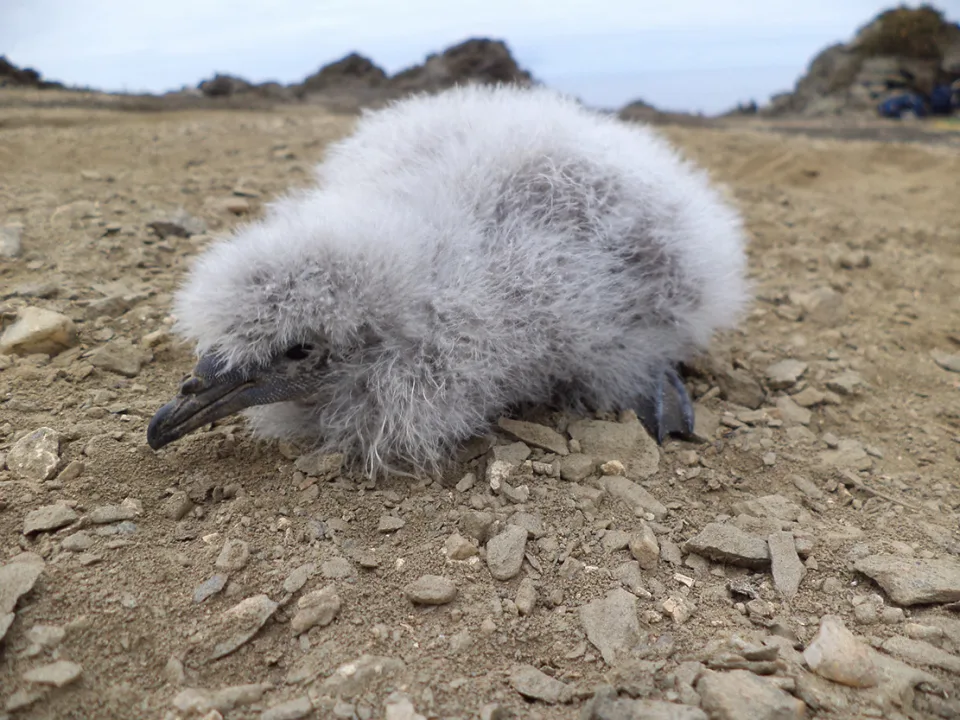
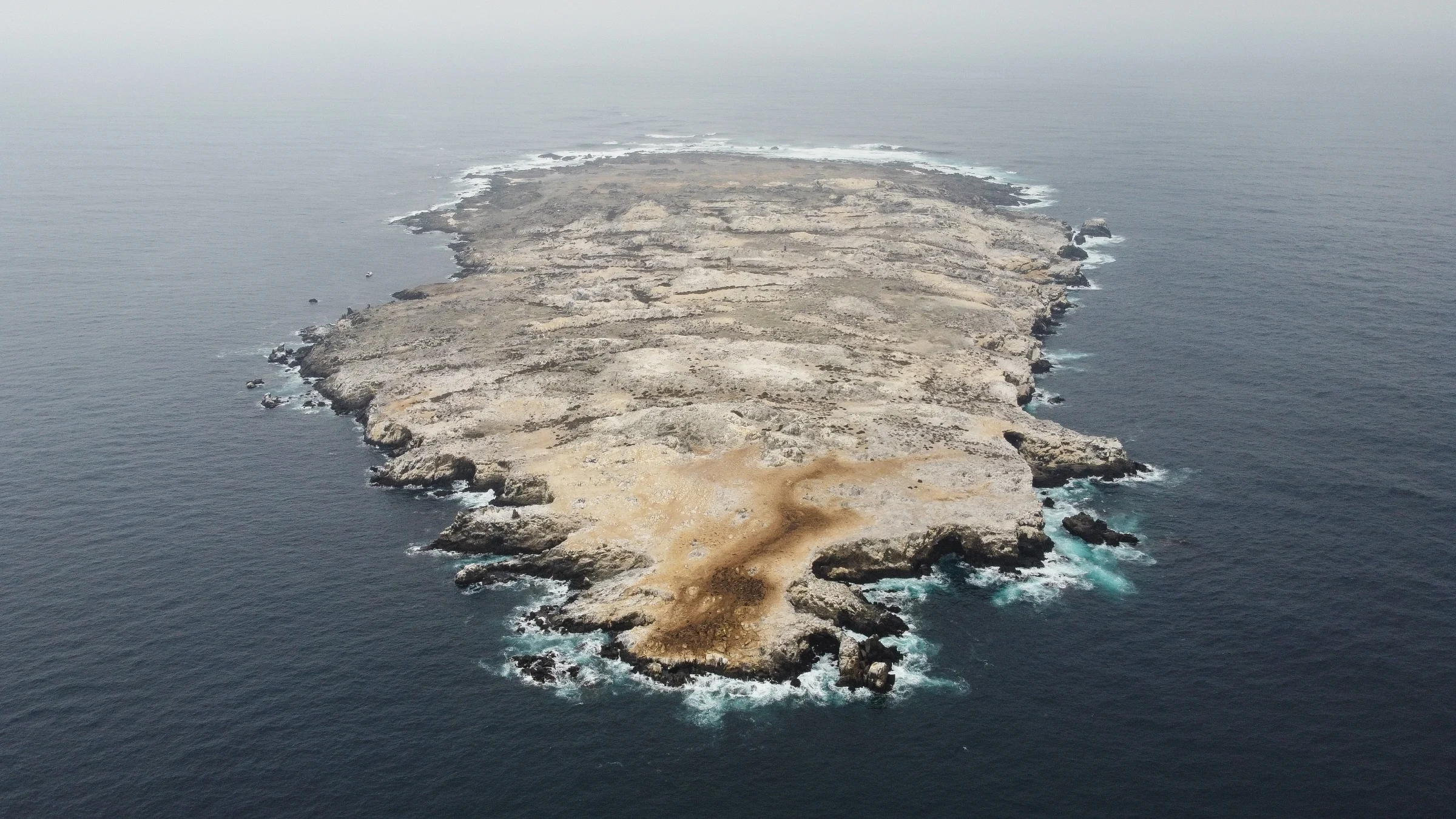
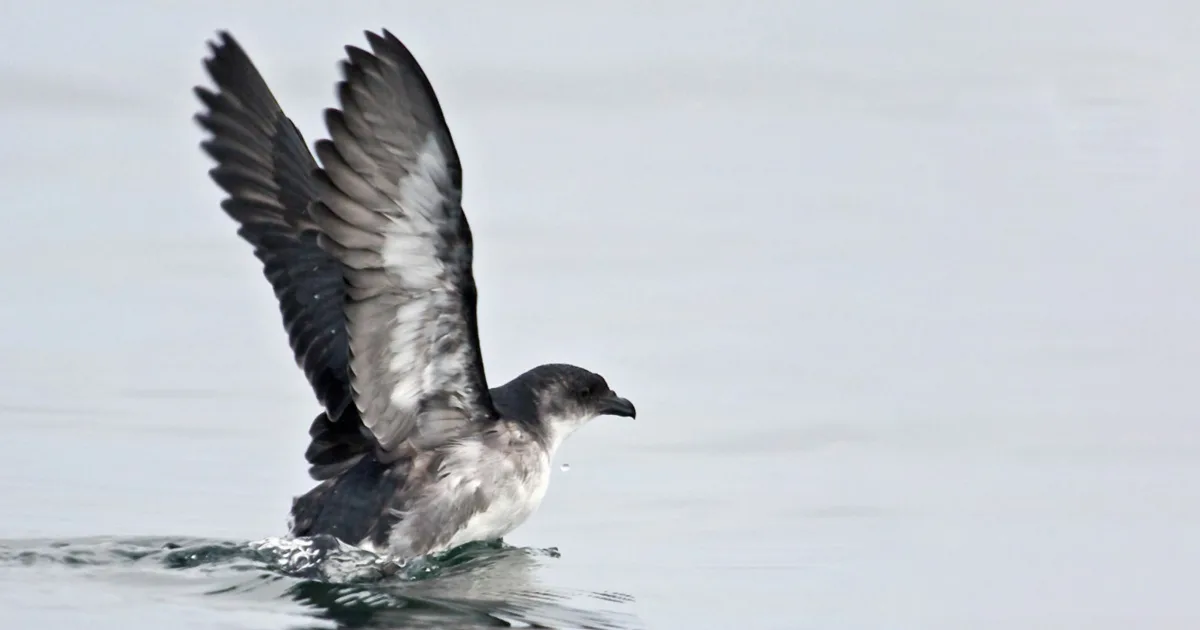
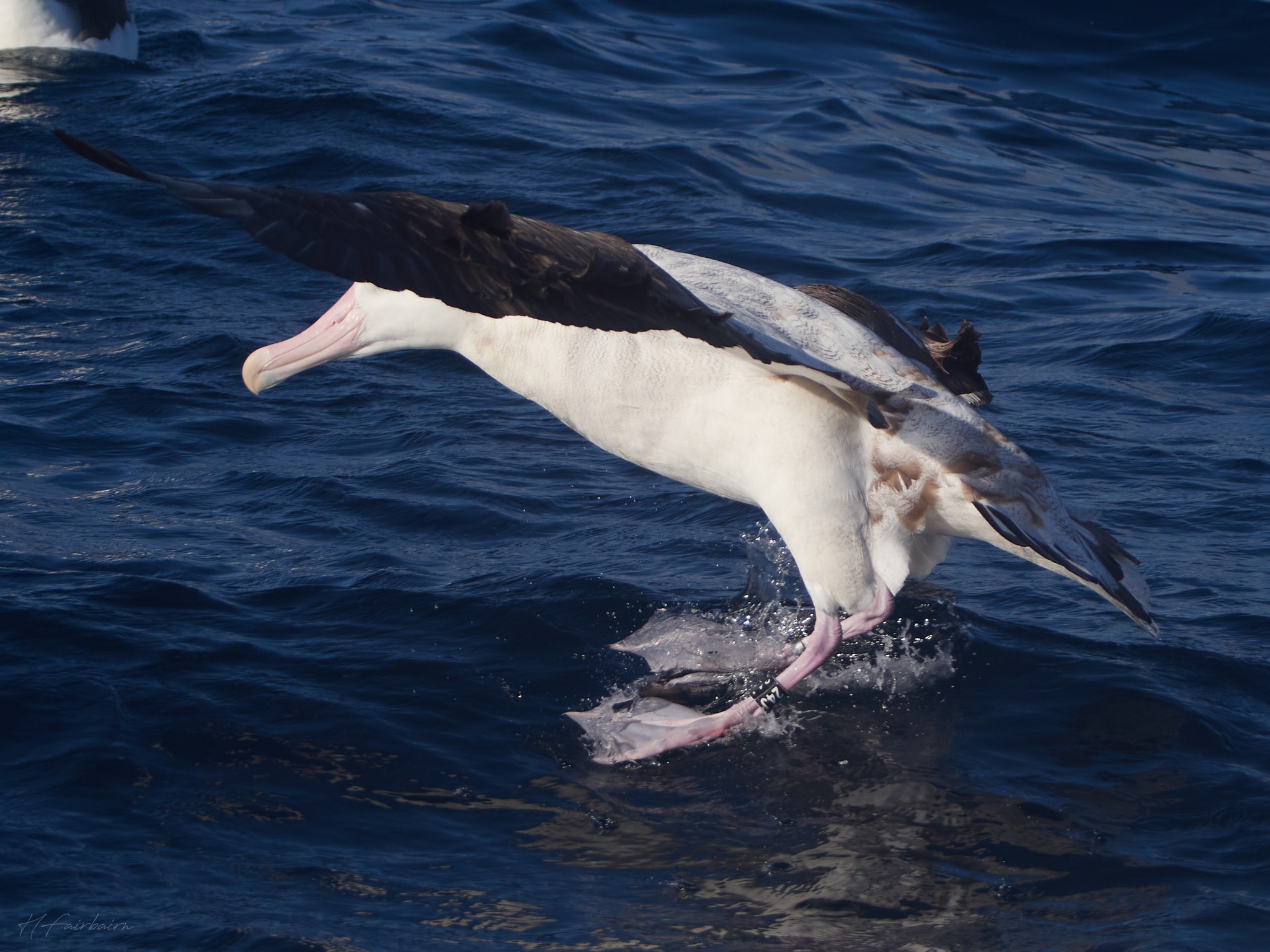 Black 24J off Port MacDonnell, South Australia, 5 May 2024, photograph by Hannah Fairbairn
Black 24J off Port MacDonnell, South Australia, 5 May 2024, photograph by Hannah Fairbairn 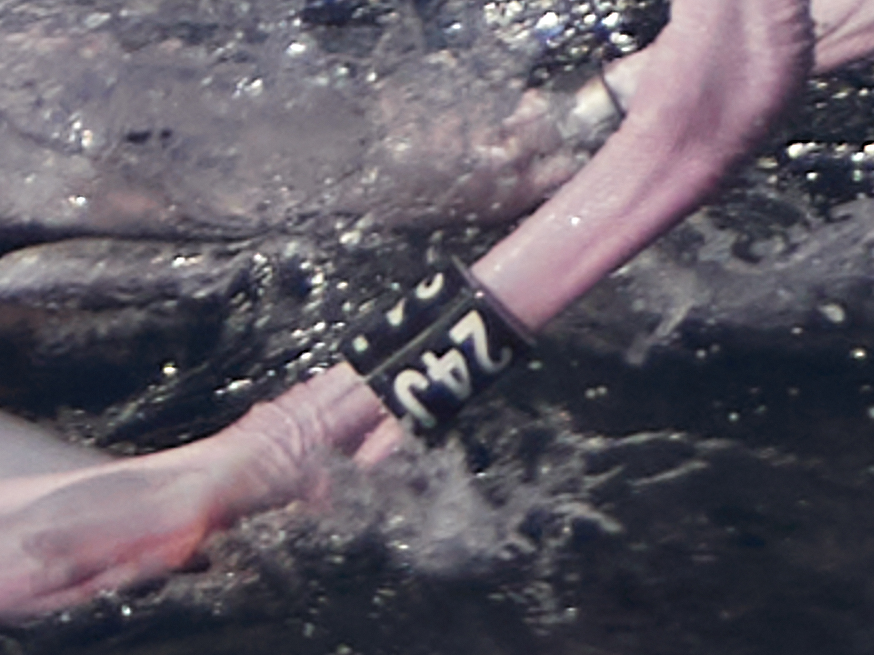
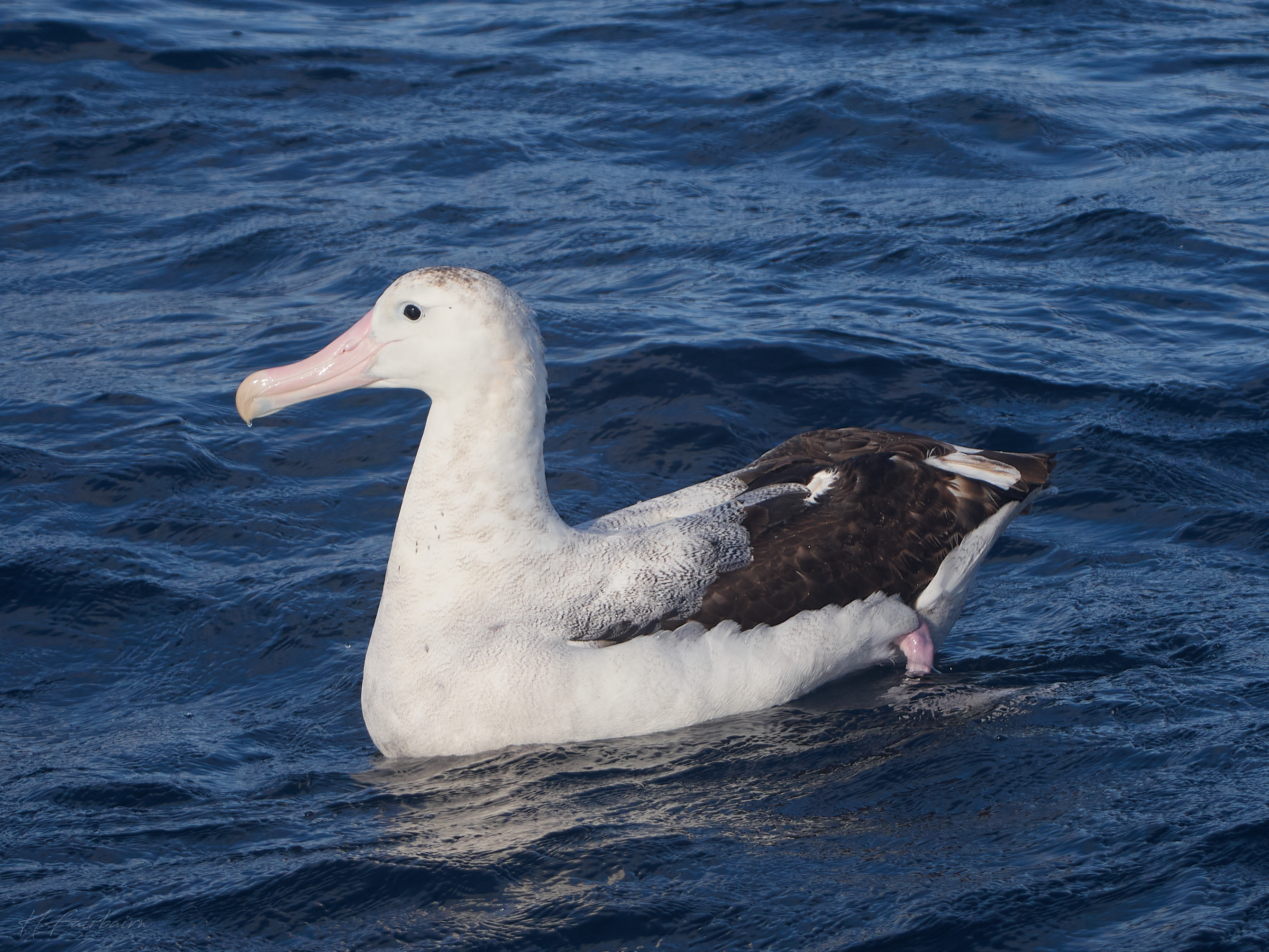
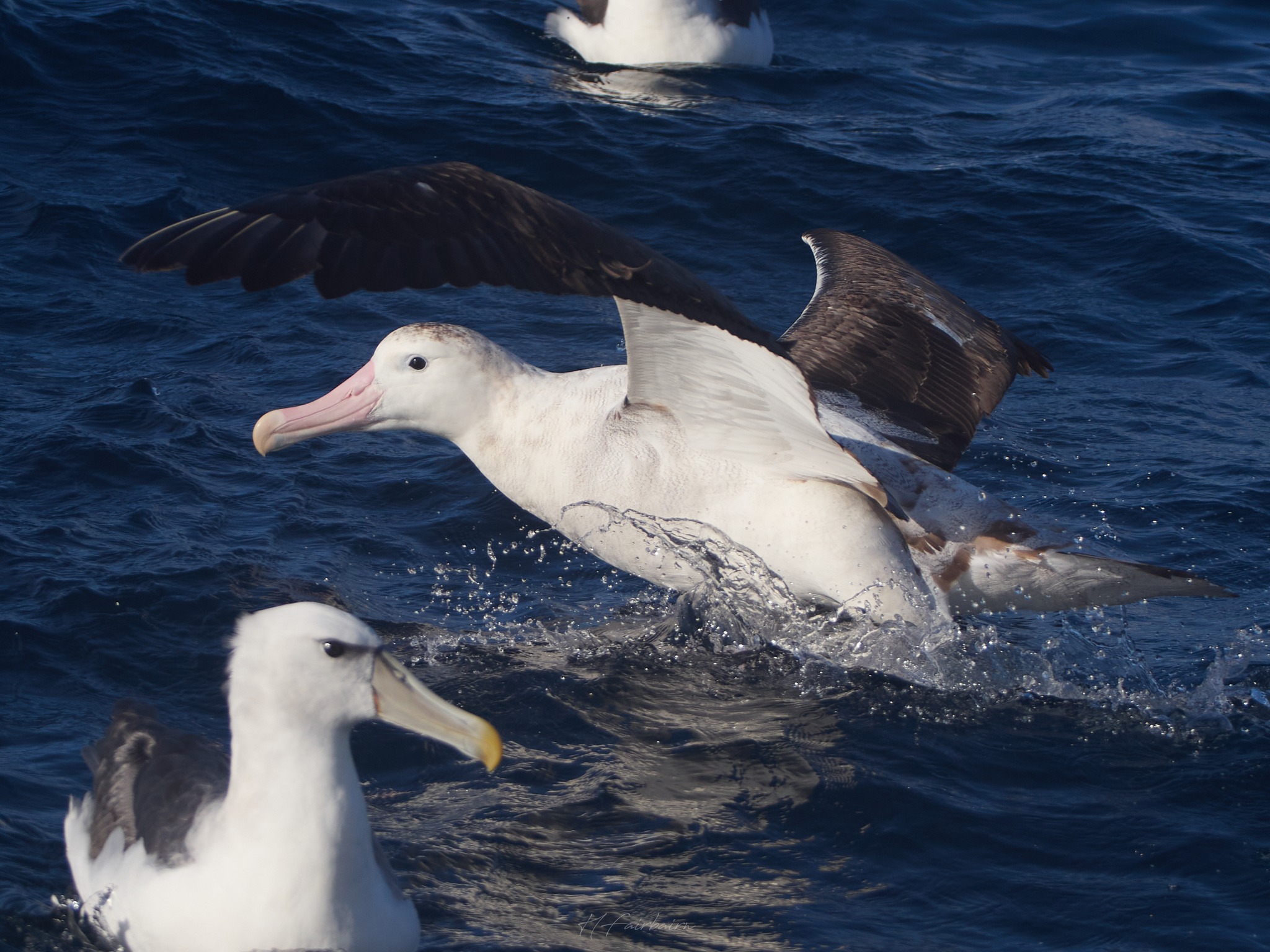
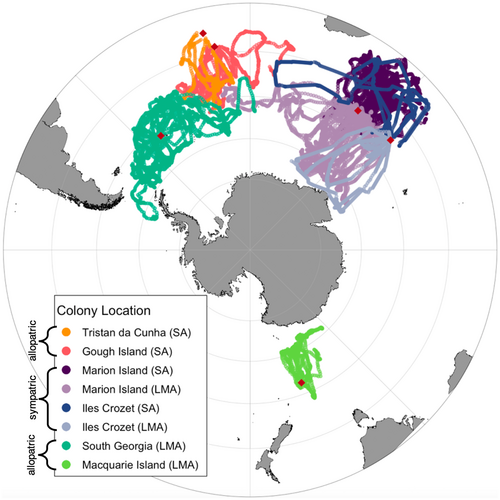

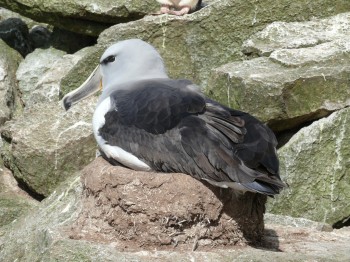

 Salvin’s Albatross, by Dutch illustrator Johannes Gerardus Keulemans, from
Salvin’s Albatross, by Dutch illustrator Johannes Gerardus Keulemans, from 